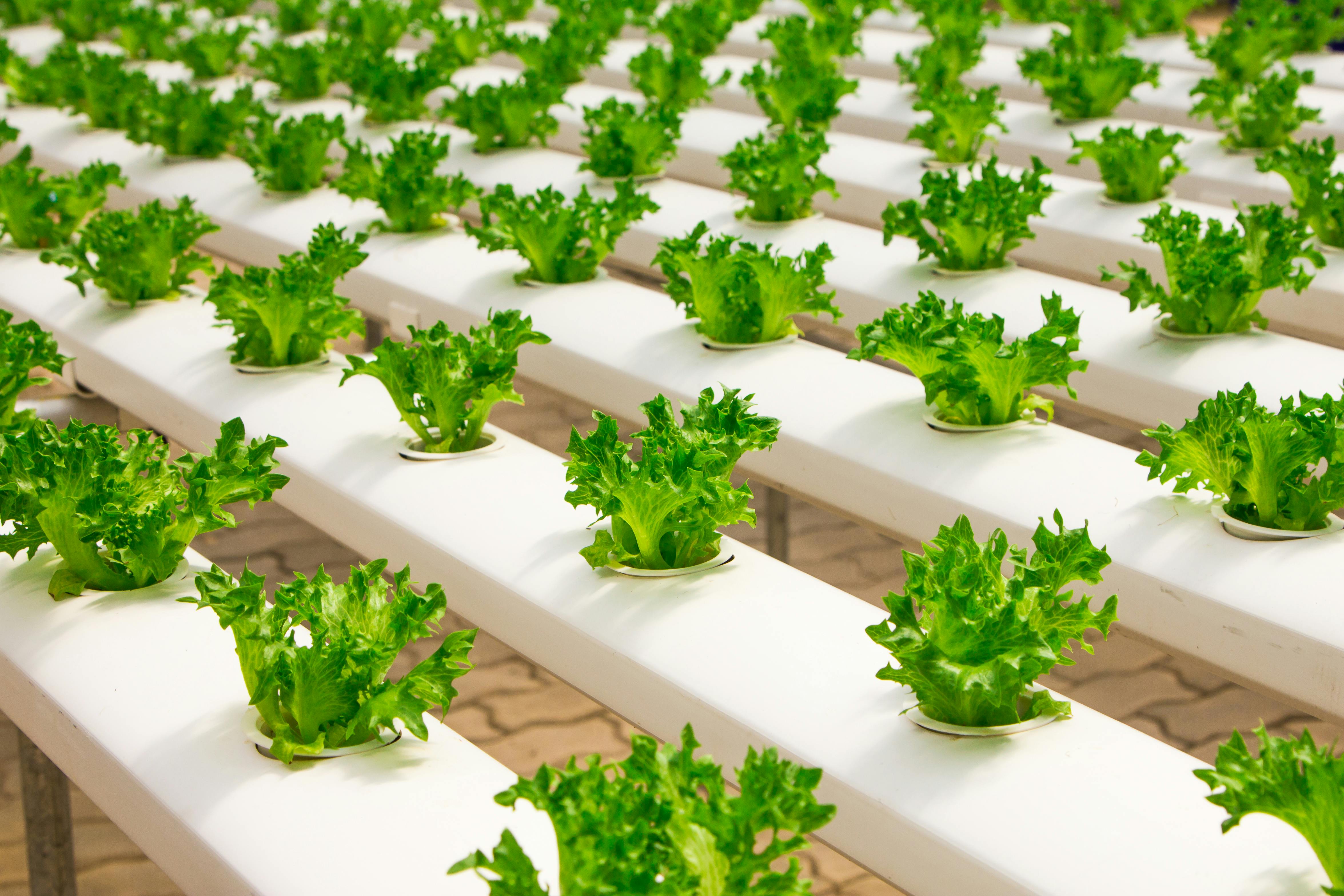Building your own raised vegetable garden is a great way to grow your own fresh produce. It provides a number of benefits such as easier accessibility, better drainage and soil aeration, improved soil fertility, and higher yields. With the right planning, materials, and tools, you can create a beautiful and functional raised vegetable garden in no time. In this guide, we’ll cover the essential steps for building a successful raised vegetable garden.When it comes to choosing the right location for a raised vegetable garden, there are several things that need to be taken into consideration. First, the location should be in a place that receives at least 8 hours of sunlight each day. The soil should also be well-draining and nutrient-rich. Another important factor is access to water, as vegetables will need to be watered regularly. Additionally, the spot should be relatively close to your home so that you can easily tend to it on a regular basis. Lastly, take into account any potential pests or animals that may try to eat your vegetables and choose a location where
Preparing the Soil in a Raised Vegetable Garden
Creating a raised vegetable garden can be an excellent way to grow your own vegetables, but it is important to properly prepare the soil before planting. The soil in a raised bed should be loose and well-draining, with plenty of organic matter and trace minerals. Adding compost and other organic materials such as manure or mulch can help improve the soil structure, aeration, and nutrient levels. Incorporating a slow-release fertilizer into the soil before planting can also help ensure that your plants get all the nutrition
Building the Frame for a Raised Vegetable Garden
Creating a raised vegetable garden is an excellent way to get started with gardening. The frame will provide support for the soil, help to keep the plants in place, and make sure that your garden looks neat and tidy. Building the frame for your raised vegetable garden is not difficult, but it does require some planning.
The first step in building the frame is to decide what type of material you will use. Wood is one of the most popular materials, as it is relatively inexpensive and easy to work with. However,
Securing the Frame for a Raised Vegetable Garden
When setting up a raised vegetable garden, one of the most important steps is to secure the frame of the garden in place. This will ensure that it is stable and will hold up over time. To do this, you will need some basic tools and supplies. First, you will need some stakes to anchor the frame into the ground. These can be made from wood or metal and should be long enough to go at least 18 inches into the ground. You may also need some screws or nails to attach them securely.
https://images.pexels.com/photos/348689/pexels-photo-348689.jpeg
Filling the Raised Bed with Soil
Filling the raised bed with soil is one of the most important steps in creating a successful garden. The quality of soil you use will determine how well your plants grow, so it is important to select the right kind of soil for your needs. The best type of soil to use when filling a raised bed is a mix of compost, topsoil, and other organic matter. Compost helps to enrich the soil and provides essential nutrients to plants. Topsoil helps to retain moisture and provides a good foundation for plants

Planning for Planting in Your Raised Vegetable Garden
Creating a raised vegetable garden is an exciting project that can help you grow delicious and nutritious fruits and vegetables of your own. Before you begin planting, it is important to plan your garden carefully. This will make sure you get the most out of your garden space and increase your chances of a successful harvest.
One of the first steps in planning a raised vegetable garden is deciding what kind of vegetables you would like to grow. Consider the climate, soil conditions, and other factors
Mulching Your Raised Bed
Mulching your raised bed is an important part of gardening. Mulches provide organic matter that helps to improve the soil quality, increase water retention, and suppress weeds. It also gives your garden a neat and tidy appearance. When mulching a raised bed, there are a few steps you should take to ensure success.
The first step is to choose the right type of mulch for your needs. There are many types of mulch available, from wood chips and straw to grass clippings
Watering Your Raised Bed Vegetables
Watering your raised bed vegetables is an important part of keeping them healthy and productive. Properly watering your raised bed vegetable garden can help you get the best results from your crops. The amount of water needed will vary depending on the type of vegetable, the soil conditions and the weather. Here are some tips for watering your raised bed vegetables.
It is important to water your raised bed vegetables deeply, but not too often. This helps ensure that the roots of the plants are getting enough water

Conclusion
Raised vegetable gardens are simple to build and can make a great addition to any outdoor space. With a few supplies, some basic tools, and a bit of preparation, you can have your very own raised garden in no time. Once it’s in place, you’re ready to start planting vegetables and herbs that will give you fresh produce all season long!
Before starting the project: plan out the size of your garden bed and check the soil quality around your home. If possible, use untreated wood for the frame of your raised bed so that it will
